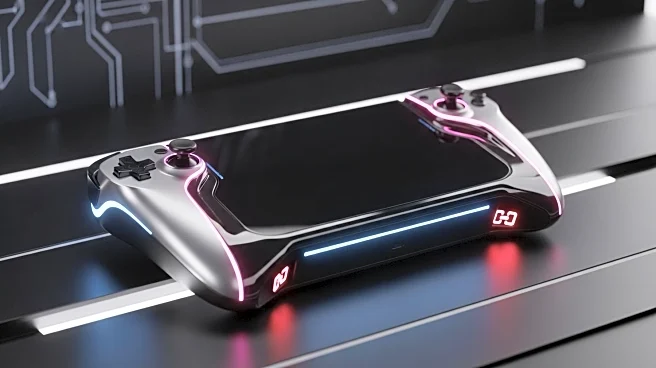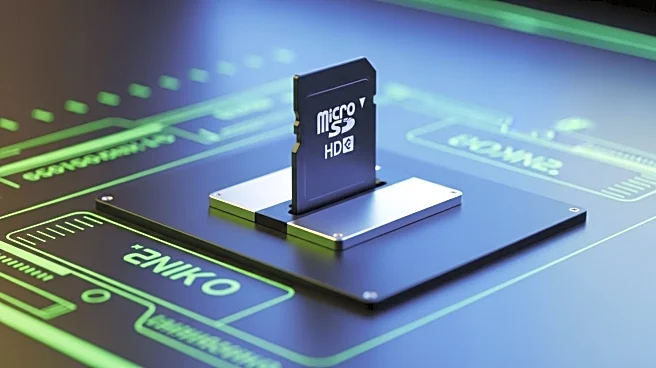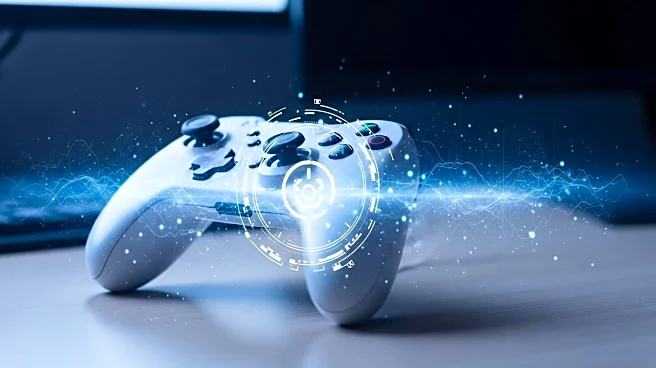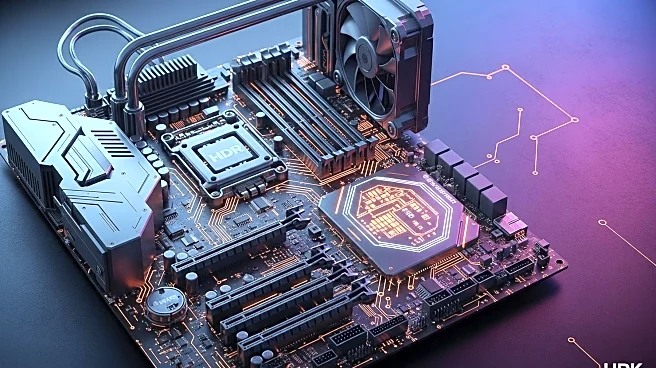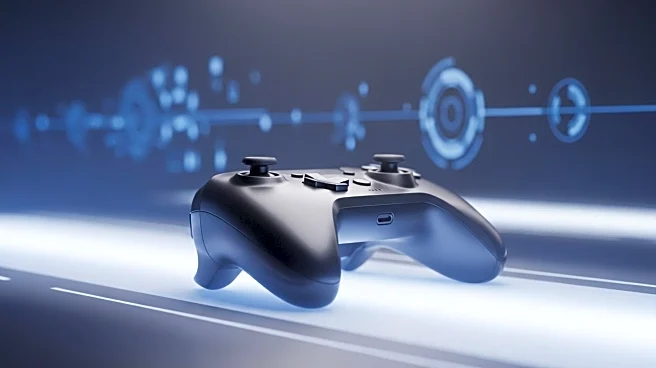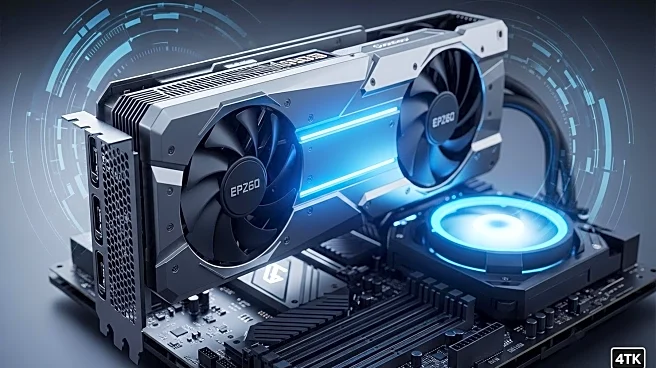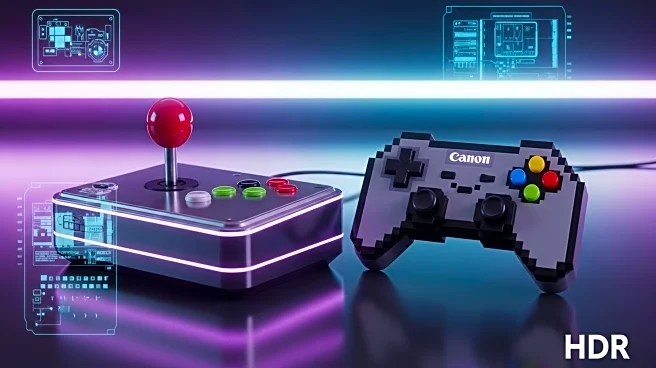What's Happening?
The handheld gaming PC market is experiencing a shift with the upcoming release of new models, including the Lenovo Legion Go 2, which starts at $1,099. This marks a substantial price increase from its predecessor, which was priced at $699. The Legion Go 2 features advanced technology, such as the AMD Z2 Extreme, and design elements like removable controllers and an OLED display. Other models, like the Asus ROG Xbox Ally, are set to launch soon, though pricing remains undisclosed. These developments indicate a trend towards higher costs in the handheld gaming sector.
Why It's Important?
The rising prices of handheld gaming PCs reflect broader trends in the gaming industry, where consumers are increasingly seeking high-performance devices. The price surge positions these handhelds closer to mid-range gaming laptops, potentially narrowing their appeal to a niche market. As these devices become more expensive, consumers must weigh the benefits of portability and advanced features against the cost. The introduction of new technology, such as the AMD Z2 Extreme, promises efficiency improvements, but whether these will translate into significant gaming performance enhancements remains uncertain.
What's Next?
As the market anticipates the release of these new handhelds, consumers and industry analysts will closely monitor their performance capabilities. The potential for improved battery life and efficiency may attract enthusiasts, but the high price tags could limit broader consumer adoption. Companies may need to justify the increased costs with tangible performance benefits to maintain interest in handheld gaming PCs.
